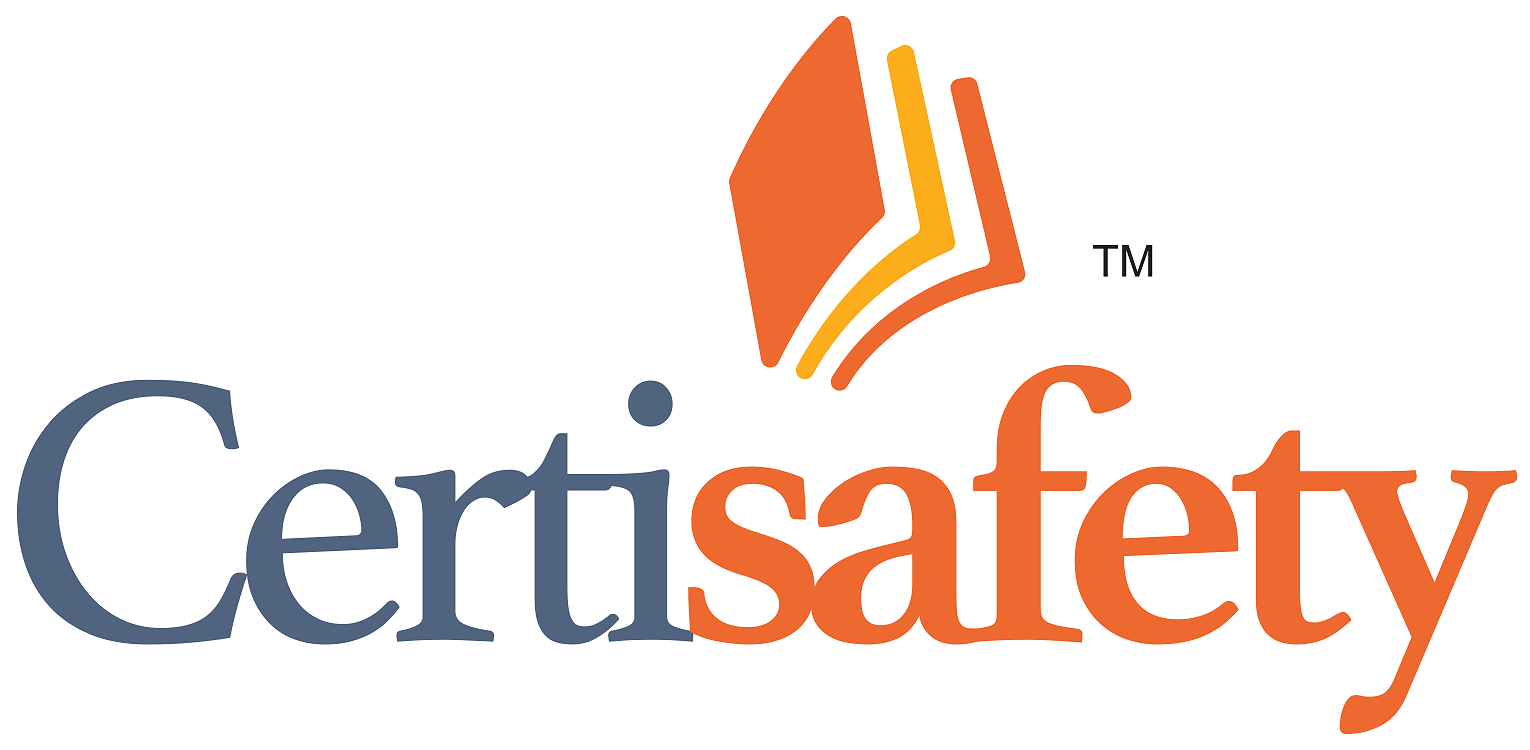

2. This law states that behavior is a function of its consequences: (Robbins, Management p. 319)
3. A major responsibility of the safety and health professional is to: (NSC, APM-AP, Chap15)
4. This occurs when an impression of an individual is based on a single characteristic: (Robbins, Management p. 318)
5. The theory, first proposed by David McClelland, states that achievement, power, and affiliation motivate employees is called the: (Robbins, Management p. 346)
6. This can be a great resource and tool to improve safety involvement and motivation: (NSC, APM-AP, Chap15)
7. The willingness to exert high levels of effort describes: (Robbins, Management p. 339)
8. An internal state that makes certain outcomes appear attractive describes: (Robbins, Management p. 339)
9. Douglas McGregor believes managers that assume employees can learn to accept, even seek, responsibility are displaying this leadership approach: (Robbins, Management p. 341)
10. Whether an employee works safely depends upon four factors. Which of the following is not one of them? (NSC, APM-AP, Chap15)
Copyright ©2000-2018 Geigle Safety Group, Inc. All rights reserved. Federal copyright prohibits unauthorized reproduction by any means without permission. Students may reproduce materials for personal study. Disclaimer: This material is for training purposes only to inform the reader of occupational safety and health best practices and general compliance requirement and is not a substitute for provisions of the OSH Act of 1970 or any governmental regulatory agency. CertiSafety is a division of Geigle Safety Group, Inc., and is not connected or affiliated with the U.S. Department of Labor (DOL), or the Occupational Safety and Health Administration (OSHA).